The past year was a big one for space.
Skywatchers across the United States witnessed a total solar eclipse, SpaceX caught a giant rocket out of mid-air with a pair of chopstick arms, and telescopes on Earth and in space revealed to us images of the universe that have changed our very understanding of the cosmos.
Want to relive the epic year in space? Scroll on to see some of 2024's most memorable moments.
Starlinks flashing ISS
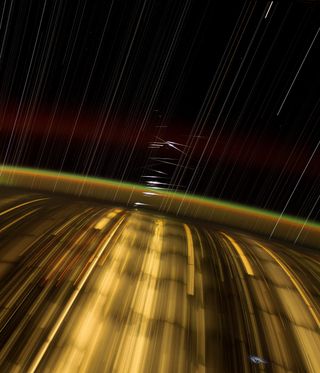
NASA astronaut Don Pettit shared this image in November, saying, "Starlink satellites look like a miniature version of the monolith from '2001: A Space Odyssey,' where the large flat face of the monolith points towards Earth and the solar panel protrudes outward like the fin on the back of a dimetrodon."
SpaceX has launched hundreds of its Starlink satellites over the past year, and in a post on X, Pettit describes the image's different line streaks. "Compared to the well-defined streaks from star trails, this time exposure shows wonky streaks flashing ISS. These are Starlink satellites reflecting pre-dusk or pre-dawn sunlight off their solar panels. They are only seen from 5 to 18 degrees preceding or trailing the sun. They create bright flashes, perhaps lasting for a few seconds each due to the orientation of their outward pointing solar panels."
Read more: SpaceX Starlink satellites seen as ‘wonky streaks’ by ISS astronaut (photos)
Galactic masquerade glares its eyes on Halloween

Like a mask covering two cosmic eyes staring unblinking into the abyss, these two spiral galaxies grazed one another several million years ago, and peered into our souls last Halloween.
This image's fiery glare, resembling eyes swirled in their galactic arms, is a combination of mixed-spectrum captures using the James Webb Space Telescope for mid-infrared light, and the Hubble Space Telescope for visible and ultraviolet light. On the left, IC 2163, passes just behind NGC 2207, on the right.
The ATLAS anti-tail

Earth was lucky enough to be graced with comet C/2023 A3 (Tsuchinshan-ATLAS) in October, which was visible to millions with the naked eye.
This zoomed-in image of the comet was taken by astrophotographer Miguel Claro from the Dark Sky Alqueva reserve in Portugal on Oct. 13, 2024 when the comet was displaying an impressive level of brightness and details, as well as a cool 'anti-tail.'
Read more: Astrophotographer captures comet Tsuchinshan-ATLAS growing an anti-tail (photos)
Tsuchinshan-ATLAS from our own backyard
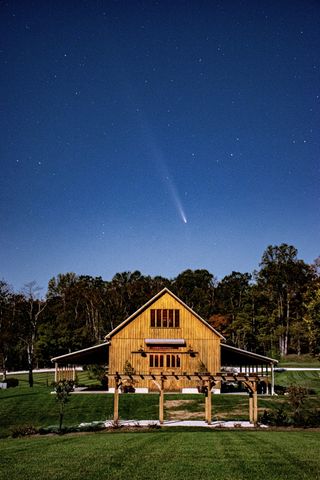
Though it only stayed in our skies for a few weeks, Tsuchinshan-Atlas was already fading toward the end of October. This image was shot in Bloomington, Indiana at a farm called Whippoorwill Hill, where the comet emerged about a half hour after sunset, before quickly setting behind the barn pictured here.
Super Heavy tower catch
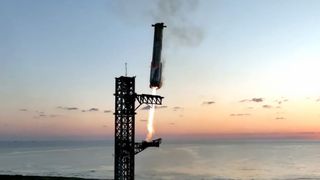
The one we all held our breaths for.
SpaceX launched its 400-foot-tall (122 meters) Starship vehicle for the fifth time ever in mid-October, sending the giant rocket aloft from its Starbase site in South Texas.
In a world's first, SpaceX's Super Heavy executed what appeared to be a bull's-eye landing, hovering near its Mechazilla launch tower as its metal "chopstick" arms grabbed it mid-air. This was one you had to see to believe.
Northern Lights illuminate the skies over the U.S.
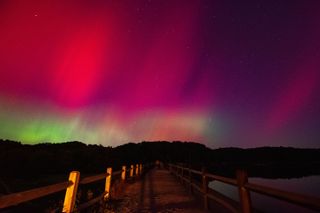
2024 was the year for the aurora borealis!
Swooping down to altitudes rarely visited by the northern lights, powerful eruptions of plasma from the sun throughout 2024 splashed Earth's protective magnetic field with multiple dazzling displays. We are currently experiencing a period of solar maximum, an 11-year cycle of solar activity. It's likely we may so even more of these events in 2025.
Hurricane Milton looms over the VAB
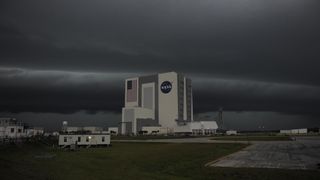
October and September were also hard months for many, as hurricanes left devastation across parts of the United States. This photo shows Hurricane Milton when the storm made its way across the state to NASA's Kennedy Space Center (KSC).
Though the Space Coast didn't experience as severe storm surges and wind speeds as cities like Tampa or Sarasota, KSC was on high alert, raising the base status to HURCON 1 — closing the center to all but essential personnel.
Pink Running Chicken
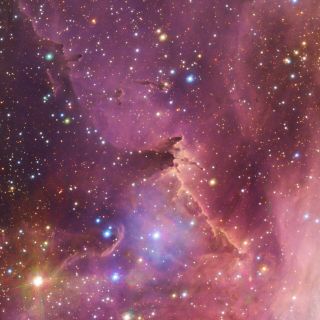
More astrophotography from 2024 included this amazing image from the European Southern Observatory (ESO). Stare deep in the rich pink textures of this gas cloud in the Running Chicken Nebula. The cloudy stellar nursery, IC2948, is only a small portion of its larger nebula, but contains countless stars in the early stages of life. This image was processed from a 1.5-billion-pixel image taken by the VLT Survey Telescope (VST).
According to ESO, the section of space in the sky only takes up about one-third the size of a full moon, while the whole Running Chicken Nebula spans about 25 full moons across.
The first commercial spacewalk

It was a historic moment. As the sun rose across the eastern portion of the United States, miles above, in orbit of the Earth, Jared Isaacman and the Polaris Dawn crew completed the first-ever commercial spacewalk.
Taking turns exiting their Crew Dragon spacecraft, Isaacman, Polaris Dawn mission commander, and Sarah Gillis, mission specialist, took turns testing the mobility and functionality of SpaceX's new extravehicular activity (EVA) spacesuits. Pictured here, Isaacman floats in Dragon's open hatch, grabbing the specially-designed Skywalker mobility aide, as he looks down at the Earth below.
Read more: SpaceX Polaris Dawn astronauts perform historic 1st private spacewalk in orbit (video)
A Milky Way marvel over Stonehenge
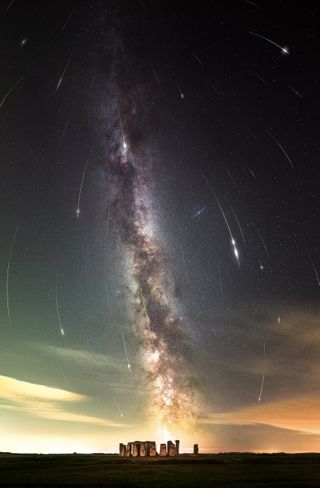
Photographer Josh Dury captured this absolutely breathtaking view of this year's Perseid meteor shower above Stonehenge, U.K.
According to Dury, the image is composed of 43 sub-images of the meteors taken over three and a half hours. "Celestial fireworks baring the connection through time. The ancient debris of Comet Swift-Tuttle; formed at the early dawn of our solar system. Observed from the ancient palace — chartering the movements of heavenly bodies. A pertinent narrative through senseless time and mystery," Dury told Space.com via email.
Hubble sees a doomed star
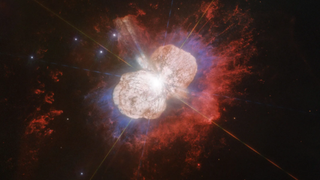
This star, Eta Carinae, is expected to explode sometime soon. Maybe.
The star could also have another million years to go. But the mass of Eta Carinae means that when it finally does go boom, it will likely be a supernova event. The star, one of the most massive in the Milky Way, is also monstrous enough to leave behind a black hole when it dies.
The Hubble Space Telescope has been monitoring Eta Carinae for the last quarter of a century, waiting for it to finally undergo its death throes.
Related: Watch a 180-year-old star eruption unfold in new time-lapse movie (video)
Atlas V launches its last Space Force mission
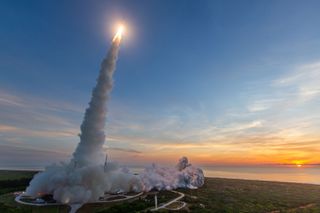
United Launch Alliance's (ULA) venerable Atlas V rocket flew its final national security mission over the summer. The Atlas V launched from Florida's Canaveral Space Force Station July 30, on a classified mission for the U.S. Space Force called USSF-51.
It was the last national security space launch (NSSL) for a member of the Atlas rocket family, which has been flying since 1957. Now, ULA has begun to shift its national security manifest to the company's new Vulcan rocket.
Read more: Atlas V rocket launches its final national security mission for US military (video)
The Crab's claws
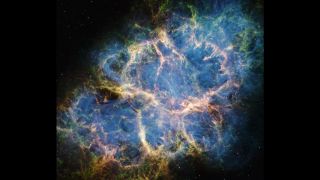
A new mosaic of the Crab Nebula by the mighty James Webb Space Telescope was released in June. The image traces the crab's "claws" in fresh, exquisite detail. This image revealed detailed cage-like structures in the nebula, formed by countless dust grains, seen particularly prominently as fluffy magenta material in the upper right and lower left.
Starliner seen docked at the International Space Station

The wayward tale of Boeing's Starliner spacecraft and its return to Earth without its astronaut crew has been well reported since its launch in June. NASA astronauts Butch Wilmore and Suni Williams flew aboard Starliner to the International Space Station (ISS), where the pair still remain, and will well into 2025.
But, while their spacecraft was still docked to the ISS, Maxar Technologies' WorldView-3 satellite managed to zoom way in to spot the vehicles in orbit together above Earth. In addition to the Starliner capsule, nearly all the ISS modules are clearly visible, as well as the station's new upgraded solar panels.
Touting their imaging capabilities, Maxar Technologies shared this amazing photo in a social media post June 13, saying, "this type of imagery collection, known as non-Earth imaging (NEI), is a breakthrough capability that enables Maxar to support critical space domain awareness missions for government and commercial customers."
Ghostly view of an infant sun
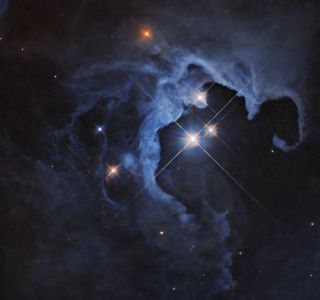
Another gem from the Hubble Space Telescope is this image of the infant star, HP Tau.
At just 10 million years old, HP Tau is the youngest of its neighbors, residing roughly 550 light-years from Earth in the constellation Taurus. Like a young version of our own sun, HP Tau, is seen at the top of a trio of glittering stars in this Hubble image. These stars sparkle from within a hollow cavity in a billowing cloud of gas and dust, its thick swirls shining in brilliant blues, like a flashlight cutting through the fog.
Related: Enchanting new Hubble Telescope image reveals an infant star's sparkle
Another mind-blowing JWST image
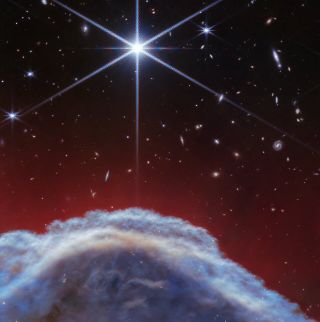
Not to be outdone, the James Webb Space Telescope (JWST) captured incredibly sharp images of the Horsehead Nebula in April, one of the most iconic celestial bodies in the sky over Earth.
JWST was able to see details of the Horsehead Nebula, also known as Barnard 33, that had never before been revealed, showing some regions in a completely new light. The new images show the Horsehead Nebula as turbulent waves of gas rise from the western side of Orion B, a star-forming molecular cloud located 1,300 light-years from Earth in the constellation of Orion.
Totality!
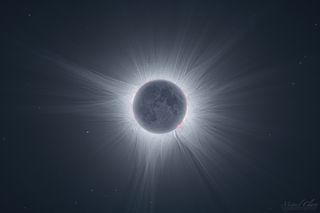
April was a big month for North America, as a total solar eclipse swept over a stretch of Mexico, the United States, and Canada thousands of miles long.
The eclipse was one of the most-watched eclipses ever. All of North America and Central America experienced a partial solar eclipse, but only those located within the path of totality — an approximately 115-mile (185-kilometer) wide and 10,000-mile-long (16,000 kilometers) route — saw the moon completely obscure the sun.
Spectacular images of the eclipse were captured along the way, including this one from astrophotographer Miguel Claro, who wrote a step by step look at how such a mesmerizing solar eclipse photo was captured.
Eclipse Across America
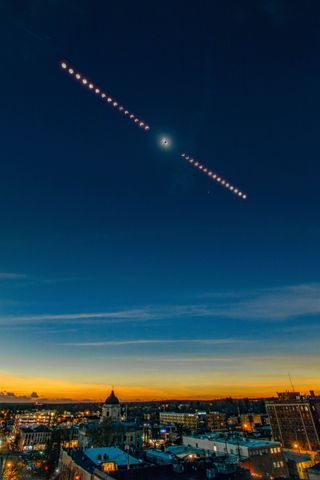
During the total solar eclipse on April 8, 2024, the path of totality crossed four states in Mexico (Sinaloa, Nayarit, Durango and Coahuila) before sweeping over 15 U.S. states (Texas, Oklahoma, Arkansas, Missouri, Illinois, Kentucky, Tennessee, Michigan, Indiana, Ohio, Pennsylvania, New York, Vermont, New Hampshire, and Maine) and seven Canadian Provinces (Ontario, Quebec, New Brunswick, Prince Edward Island, Nova Scotia and Newfoundland).
Pictured above is the quaint downtown of Bloomington, Indiana underneath a progression of the sun and moon into and out of totality. Scenes like this were watched in hundreds of small towns and cities as the rare celestial event moved across the sky.
About yesterday...
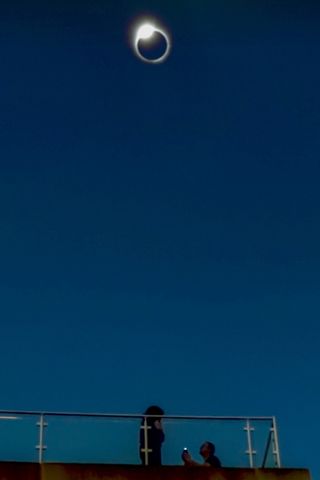
My favorite photo of the eclipse, humbly, is this one I took during totality. This was shot as the sun's rays were peaking out from behind the moon to create a "diamond ring" effect.
In that moment, I took advantage of the opportunity to pull out a diamond ring of my own, and ask my partner to marry me. She said, "Yes!" Needless to say, some pretty incredible moments were captured during the total solar eclipse of 2024.
Our galactic center
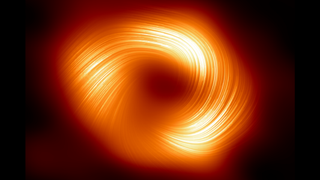
Also in 2024, astronomers captured the first view of polarized light and magnetic fields that surround Sagittarius A* (Sgr A*), the supermassive black hole at the heart of our Milly Way galaxy.
The historic observation was made with the Event Horizon Telescope (EHT), and revealed magnetic field similarities with those surrounding the supermassive black hole at the heart of the galaxy M87.
SpaceX's Starship Soars on Flight 3
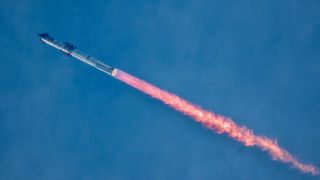
March 2024 saw the epic third test flight of SpaceX's Starship megarocket. The 400-foot-tall rocket soared above the southernmost point in Texas as spectators cheered on from beaches, boats and rooftops in nearby cities and towns.
SpaceX conduced four Starship launches in 2024, and has many more planned for next year. The rocket company is hoping to launch Starship at least 25 times next year, after petitioning the Federal Aviation Administration for in increase in the rocket's launch frequency.
Star nursery tendrils
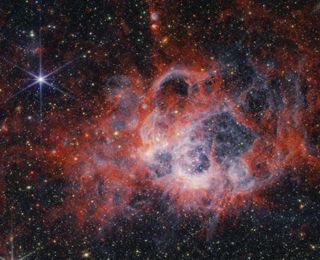
Another JWST marvel from 2024 was this image, taken by the telescope's NIRcam instrument. It shows a near-infrared view of a star-forming region known as NGC 604, which sits in the Triangulum galaxy 2.7 million light-years from Earth. The image shows arms of gas and dust, which shelter more than 200 of the hottest and most massive types of stars.
A last look at Ingenuity

NASA's Ingenuity was officially grounded after its last flight on Jan. 18, this year. But the little Mars-copter-that-could lasted well beyond its mission parameters and the expectations of its operators.
Blowing past the mission's 5 initial flights, Ingenuity completed a total of 72 flights on the red planet before finally calling it quits. This image was shot by NASA's Perseverance rover, as the Martian explorer moves out of range of Ingenuity.
Gone but not forgotten, Ingenuity completed the first flight of a powered aircraft on a planet other than Earth, and inspired more plans for helicopter drones to be sent to Mars. Recently, NASA revealed that Ingenuity had "one final gift" to give. The downed copter will continue on as a weather station, recording telemetry, taking images and storing them on board.
Stage separation to the moon!

The fiery tear in the rich, dark blue of the night sky in this photograph captured by Trevor Mahlman in February, is a SpaceX Falcon 9 rocket, captured during the moments of stage separation as the vehicle's main booster burns back toward Earth and the second stage streaks onward to space.
This launch occurred early in morning February 15, lifting off from Pad 39A, at NASA's Kennedy Space Center, in Florida. The payload was Intuitive Machines' "Odysseus" Nova-C moon lander, which made history as the first commercial mission to touchdown on the lunar surface.
So, there you have it. Twenty-four space images for 2024. Next year is shaping up for even more discovery, spaceflight, sky watching and astrophotography. So, as always, keep looking up.
Submit your story photos! If you capture an incredible space photo and would like to share it with Space.com's readers, send photos, videos, comments, and your name, location and content usage permission release to [email protected].
.png)
 2 weeks ago
12
2 weeks ago
12
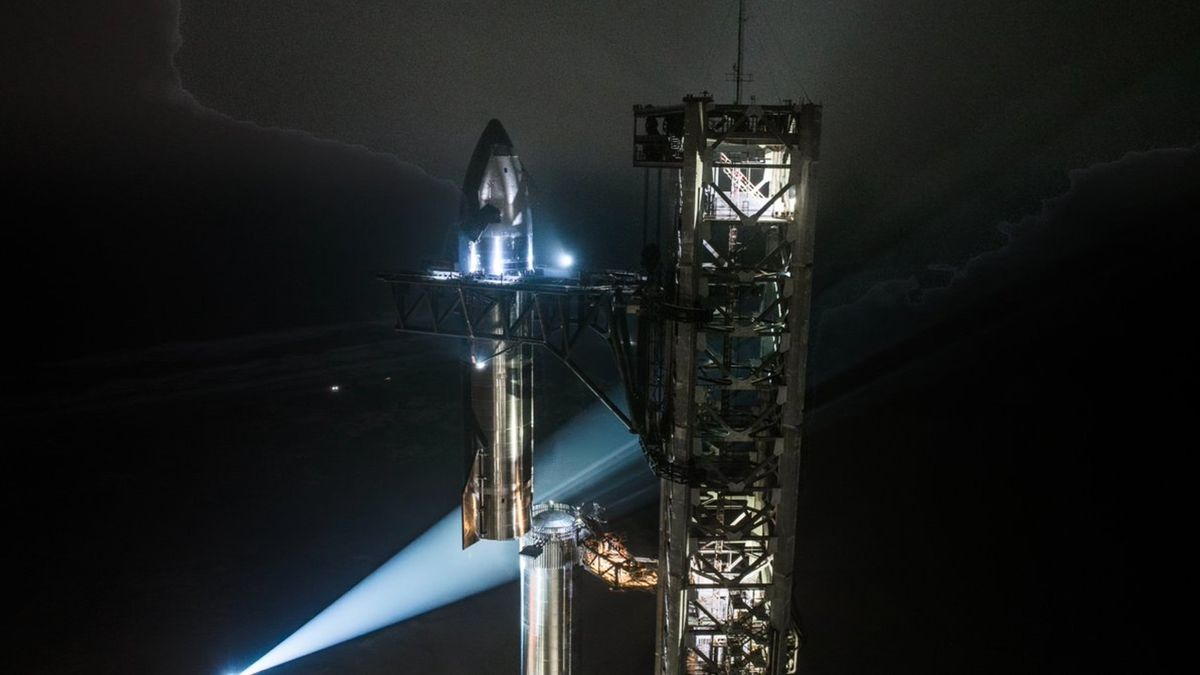
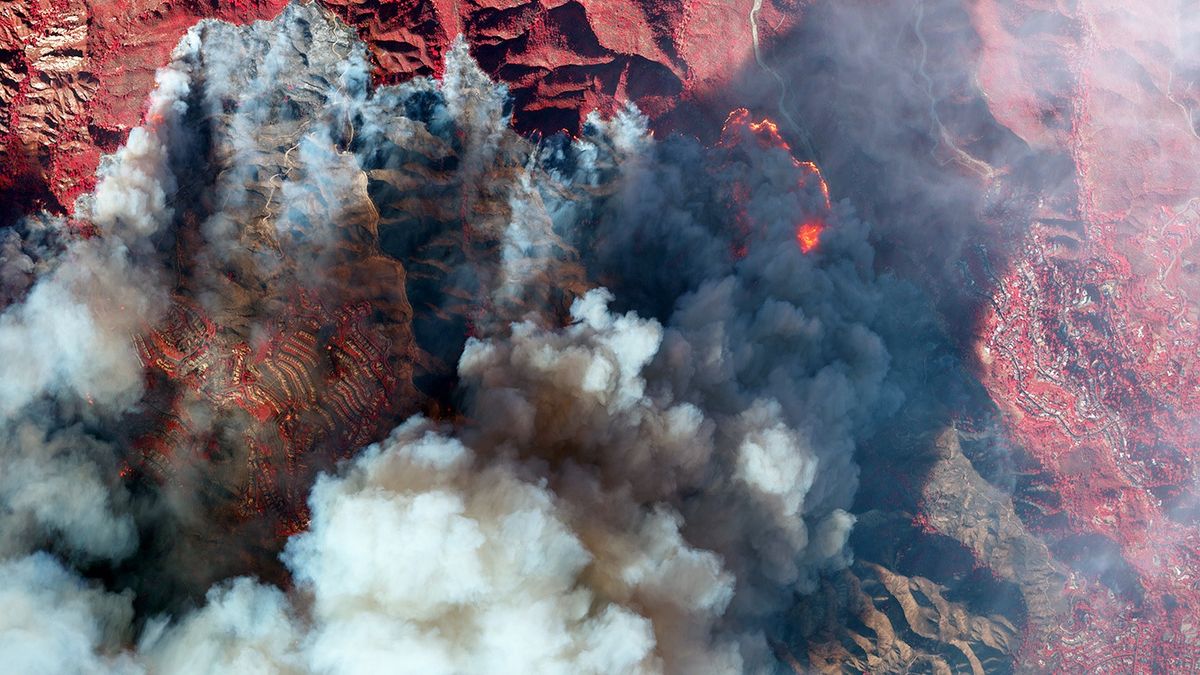
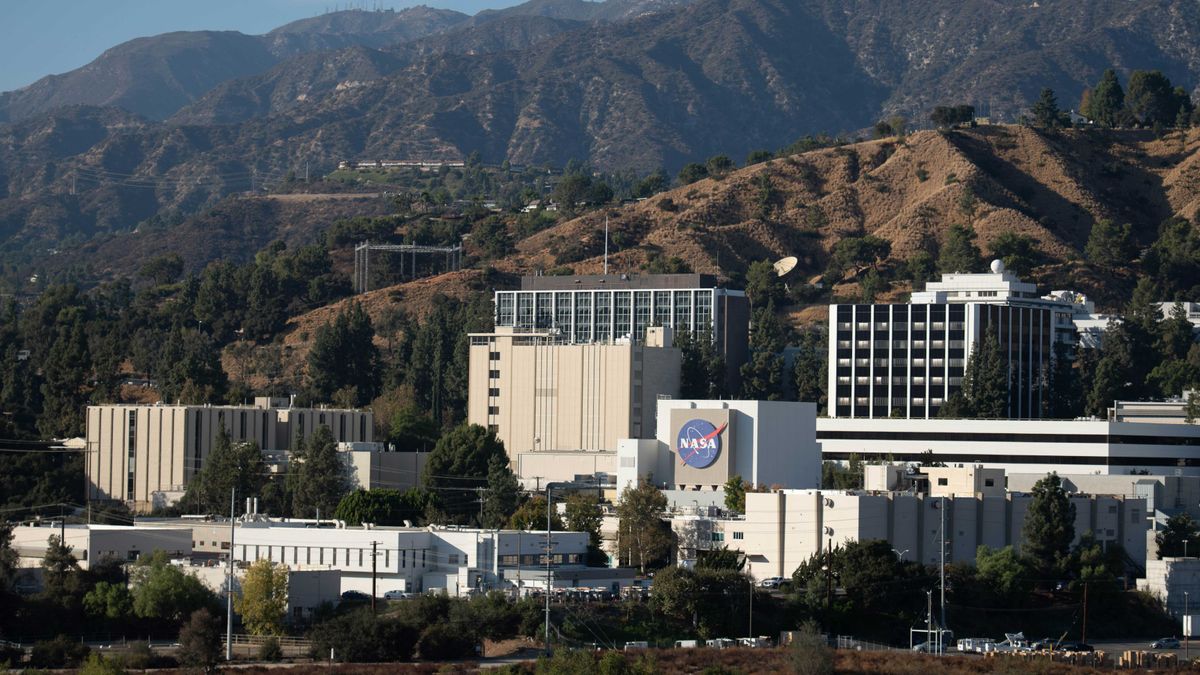
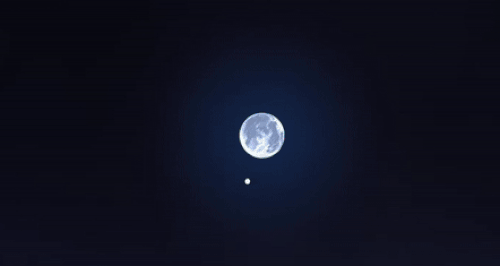



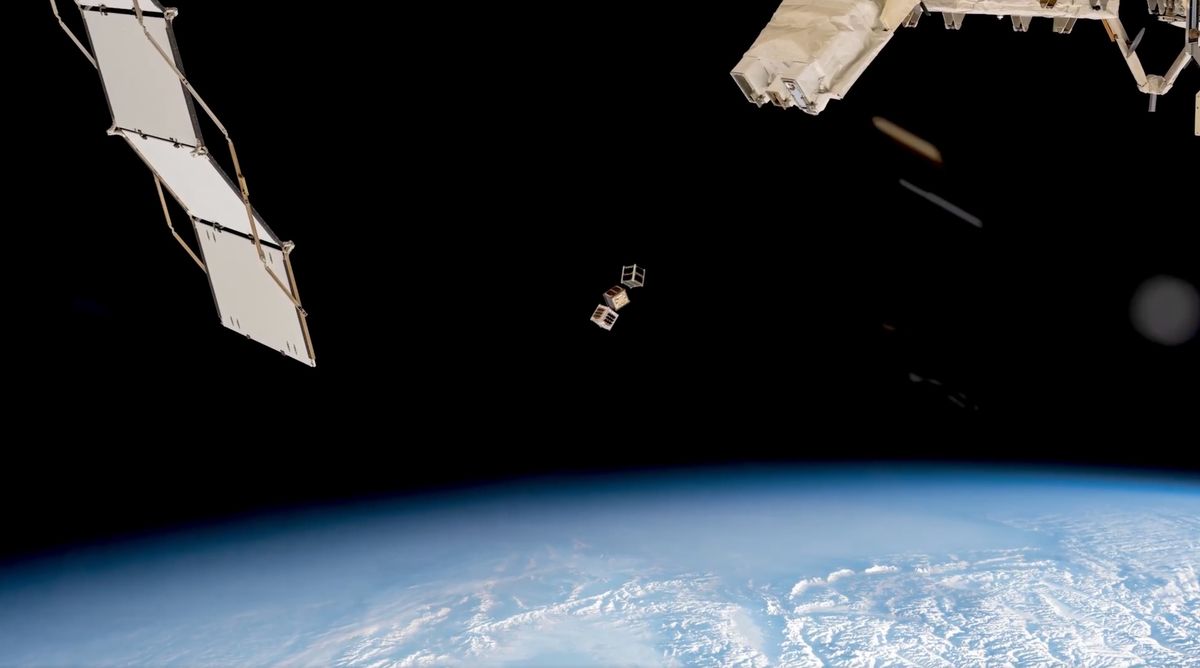
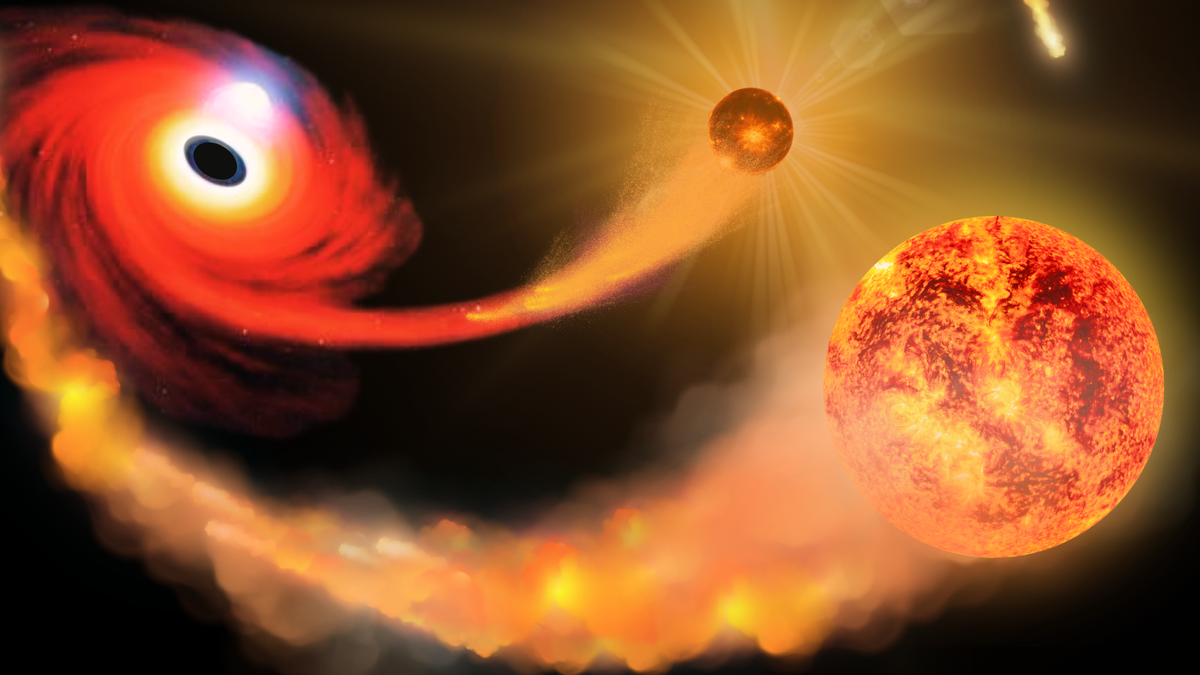

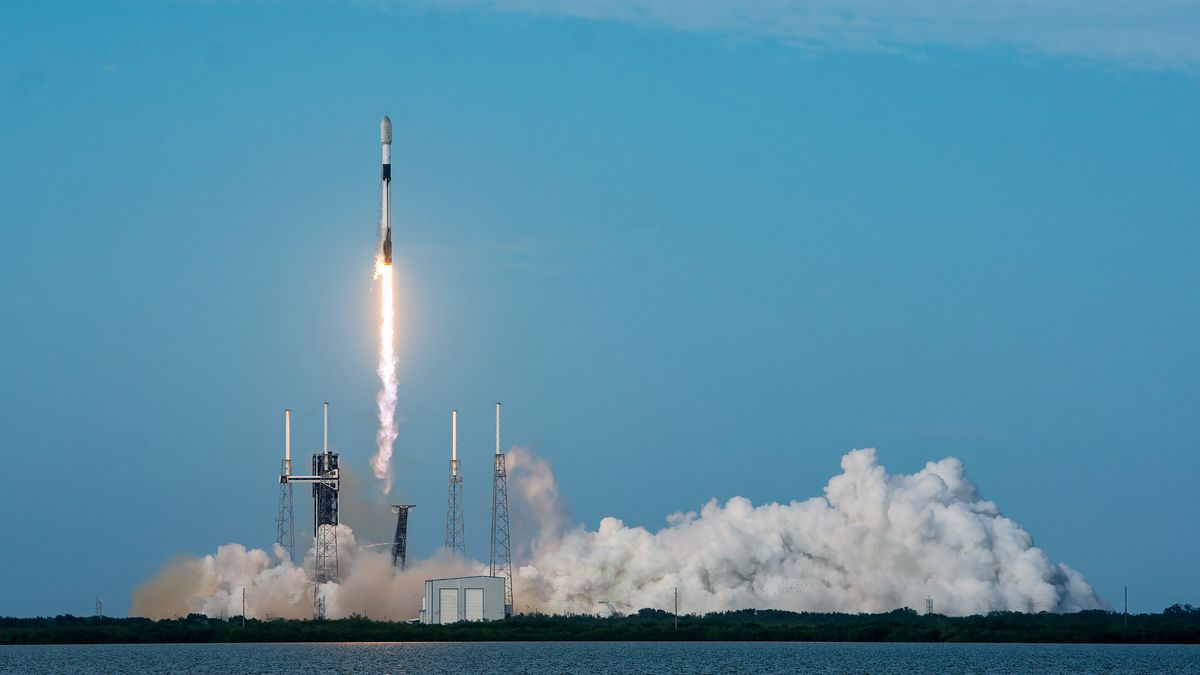
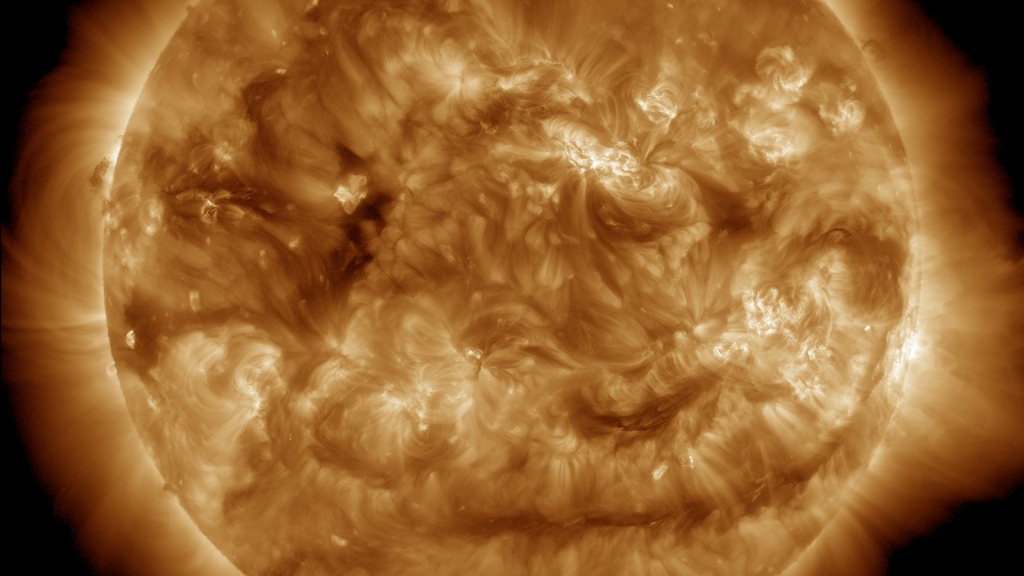






















 Bengali (BD) ·
Bengali (BD) ·  English (US) ·
English (US) ·